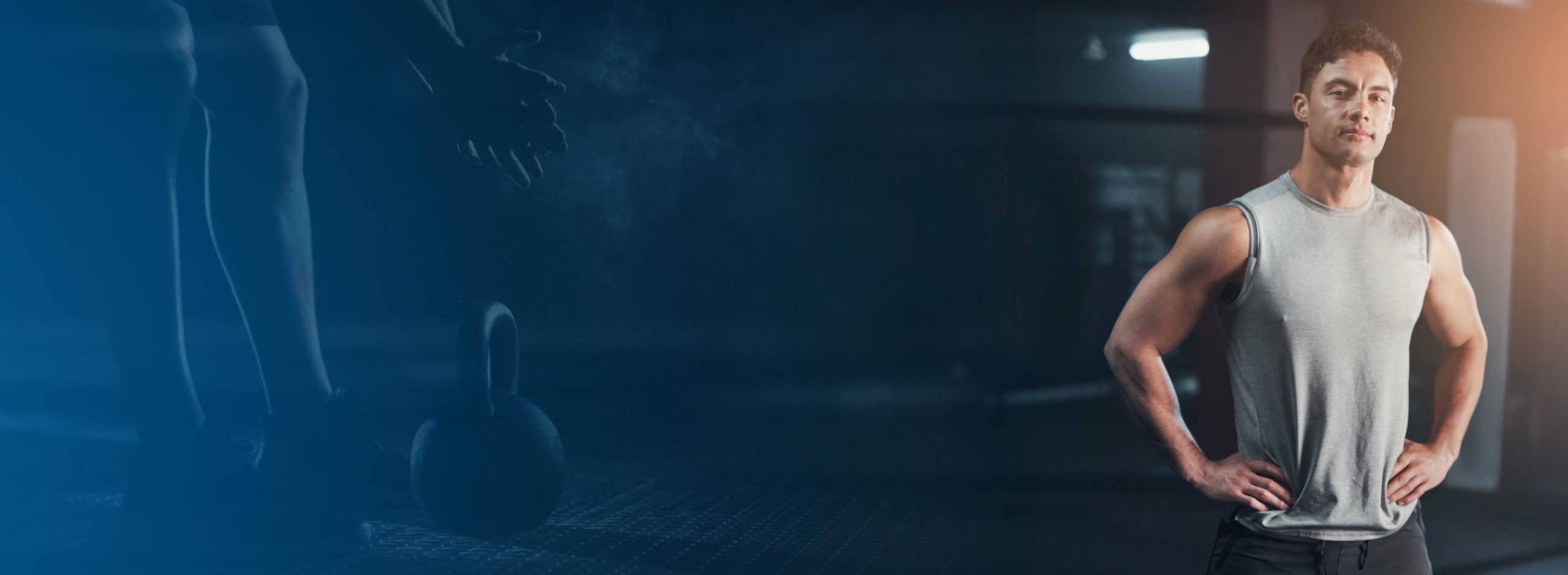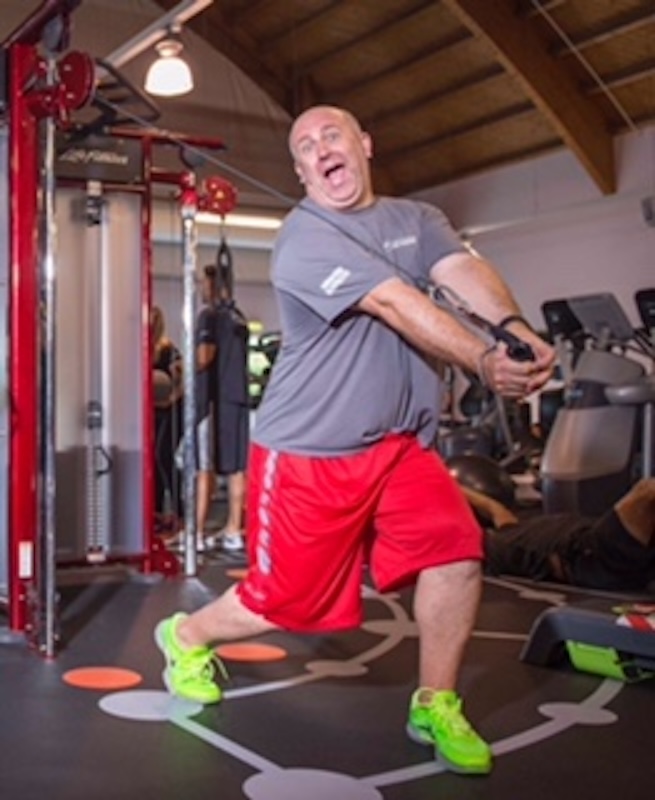Keith Smith explores some factors that contribute to the optimal planning and executing of an optimal learning and development pathway. The learning and development pathway supports our journey towards our career goals, our professional outcomes and our industry objectives.
What follows are some considerations that may assist in planning an optimal learning and development pathway for the PT.
No one wants to be considered unprofessional; the negativity associated with being labelled unprofessional for a PT and their business could be extremely harmful.
Saying that, all of us have made mistakes – mistakes are fundamental to learning. There is a huge number of successful individuals who have commented either online or in their autobiographies that they have learnt more from the mistakes they have made than their successes.
Mistakes are an opportunity to demonstrate to our clients our character, our uniqueness and our professionalism when aiming to rectify the mistake(s) made. Essentially, mistakes could be considered the ultimate learning and development tools.
The fitness industry is continually evolving – developments around the science of exercise, both in physiology and psychology, the evolution in new equipment (technology) and the maturing digital space, to name a few – at times, it can be overwhelming. So, what can we do? What are the considerations and factors we need to mull over and reflect on to ensure our pathway of learning and development is unique to our business, adds value in the mind of the client and supports our client base in achieving their goals? Learning and development are a huge part of professionalism.
So, here are some considerations…
Tip number 1
“Start with the end in mind,” a quote by S Covey, is all about understanding what your overall outcome/objective is. It’s about understanding where you want to be in five – maybe 10 – years. What are your career goals, your professional outcomes and your industry objectives?
What is your individual long-term goal – your north star? What is the vision you want for your personal training career or business? This is a fundamental starting point when planning your optimal learning and development pathway. We all, as personal trainers, ask clients about their individual long-term goals, so why are we not asking ourselves what our long-term vision is for ourselves about career success as personal trainers?
Tip number 2
Who is your audience? Generalising or specialising is a question that, over the years, I have often contemplated. What are the advantages and disadvantages of either generalising or specialising when it comes to building a successful PT business?
For this blog, generalising is training anyone who would like personal training with you, while specialising is thinking long and hard about a specific target audience, for example, individuals who are new to exercise or who have had negative experiences with exercise in the past. There are both positive and negative examples of generalising and specialising to observe from other industries that we might want to explore and learn from.
Whether as PTs we specialise or generalise, we still need to know what it is we are currently offering and what we want to offer our client base in the future. At the end of the day, it is all about the client (our audience) and the value they perceive they receive when working with a PT that leads to a PT’s continue success.
A PT’s success is the property of the client (our audience); they loan success to the PT depending on how they perceive the value they are receiving from sessions with their PT. The client (our audience) can take success away at any time.
Tip number 3
What is your niche? A niche is about having a specialised segment of the market for a particular kind of product or service. Having a recognisable niche is important, as it starts to set apart a PT from others. The PT moves away from being a small fish in a larger pond, to become a big fish in a small pond.
A number of PTs are uncomfortable doing this, as they feel it reduces their chance of clients; however, a lot of the evidence would argue against this point of view.
Having a niche fits well with point number two, which was specialising with a particular audience. The example given for a target audience was ‘working with individuals who are new to exercise’. A niche that comes with this would be ‘building exercise confidence and competence’.
Understanding your niche allows you to focus on the learning and development that would enhance the service you offer, arguably making the offer even more valuable to your target audience.
Tip number 4
What is your brand identity? What is your mission and vision? What are your values? How do your values influence your actions/behaviours/delivery style? Who are you? Understanding the questions above will allow the PT to choose the right learning and development pathway or, more importantly, understand HOW what you have learnt can be implemented into your PT offering to make what you deliver even more valuable to the client.
Maybe learning and development around building brand identity will allow the PT to establish a unique story/narrative around who they are and what they offer. Clients buy into brands they relate to – it reinforces who they are. ‘I buy, therefore I am’, is a famous quote used by many when it comes to understanding consumerism.
Tip number 5
Mastery! Continuing to offer client value from every session has to incorporate continued learning; however, there also has to be time spent mastering ‘the development’, taking what we have learnt and applying it to our everyday behaviours. Continuing to add value to what we offer is a blend of both learning and development; development is a huge part of what a PT needs to do in order to ensure the client is continuing to perceive that what is offered is of value.
Mastery/development can take many forms, from gathering information from clients to exploring what we as trainers can do more or less of, to self-reflection, to giving serious thought to our current attitudes and behaviours and, if needed, to changing or improving. Then, it involves planning a pathway of action that improves how we apply what we already understand. It could be argued that true learning is in the mastery – the application – and not the initial understanding of the information.
The strapline to this blog is ‘don’t just chase cool!’, which is about PTs following a pathway of learning and development that is currently fashionable. I believe that understanding the latest trends within the industry is important – we all need to know what’s going on, so that we can have meaningful conversations with colleagues and peers – however, at the end of the day, success is about the value that our clients perceive they receive from their PT and this, for me, is what the true purpose of learning and development should be.








